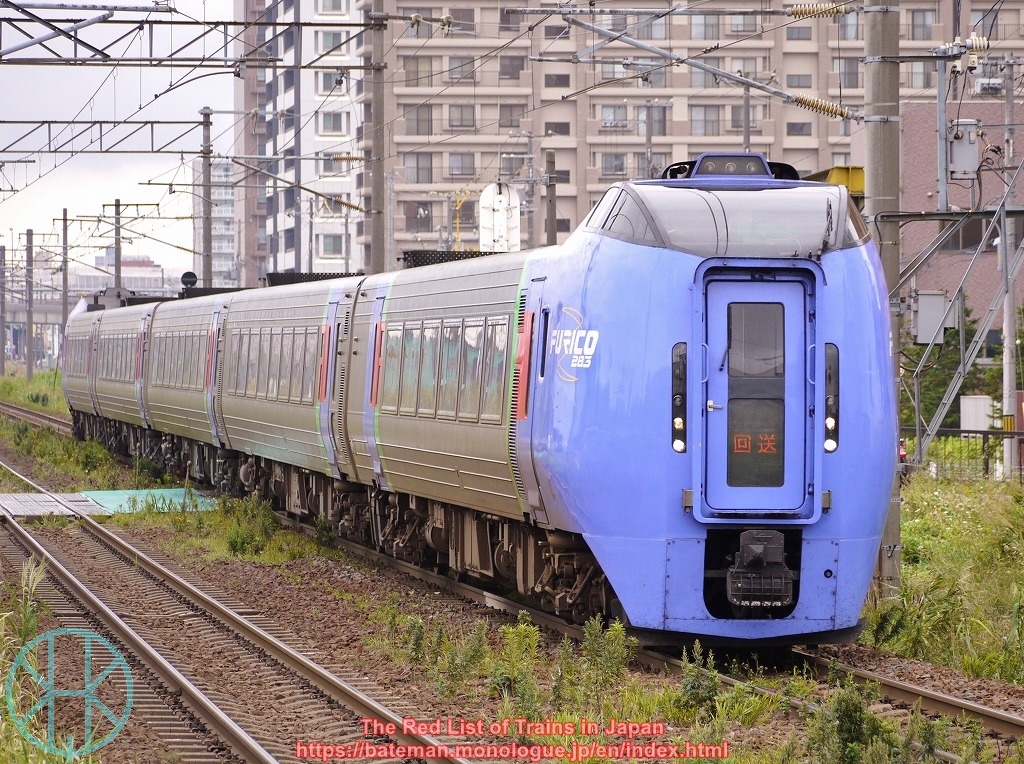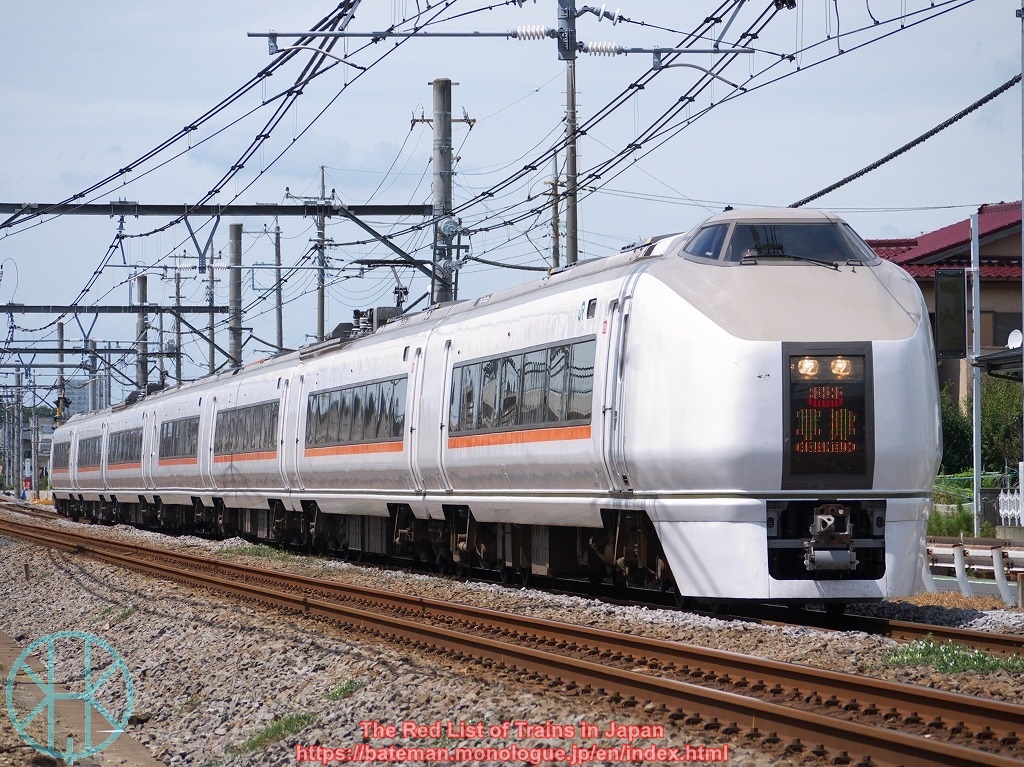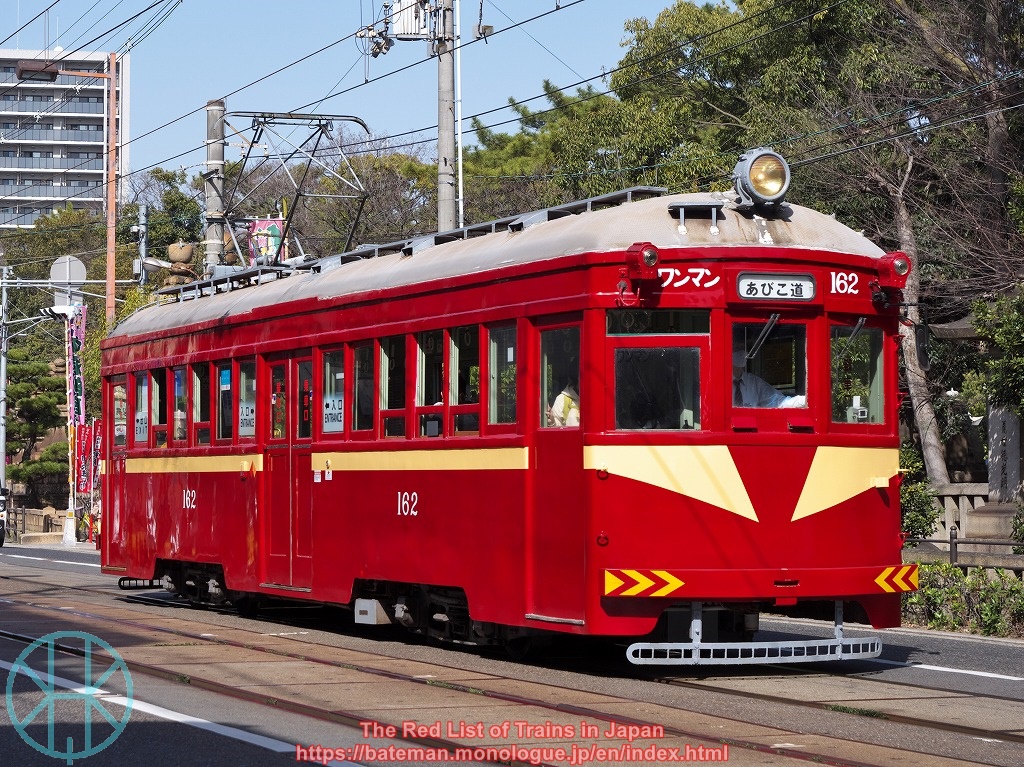*This article is a part of "50 years on: a comparison" series, comparing two train timetables of JR (and Japanese National Railways) and how things have changed in the last 50 years.
General Topics - 50 years on: a Comparison (part 1)
Before looking into specific lines or trains and compare how they have changed in the last 50 years, it might be useful to focus on general comparisons between 1973 and 2023, such as fare schemes and services.
Basic rules are mostly unchanged: JR companies have adopted almost the same schemes that Japanese National Railways developed. For example, all passengers have to purchase a basic fare ticket, and those who wish to take fast trains (such as bullet train or limited express) or choose Green Car (first class) have to buy another one. A student discount (gakuwari) has been available at a rate of 20%, and there is another discount of 10% for a long-distance return ticket.
Then, what are main differences?
Prices
 |
| 100 yen bank note |
Needless to say, prices were very much different from what we know today. According to the Cabinet Office, the consumer price index (2015 = 100) was 39.3 in 1973. In conjunction with two other articles (the one from Nikkei and the other from the Ministry of Internal Affairs and Communications), the index was roughly equivalent to 106.3 in December 2022. Hence, prices in theory became approximately 2.7 times higher in the last 50 years.
However, it is not strictly applicable to railway fares as follows:
| 1973 (A) | 2023 (B) | B/A |
|---|
| Minimum single fare | 30 | 140 | 4.7 |
|---|
| Single fare (Tokyo - Yokohama) | 120 | 480 | 4.0 |
|---|
| Season ticket* (Toyohashi - Nagoya) | 39,480 | 187,520 | 4.7 |
|---|
| Season ticket* (Kyoto - Osaka, high school) | 6,860 | 37,260 | 5.4 |
|---|
| Tokyo - Shin-Osaka (bullet train) | 4,130 | 14,720 | 3.6 |
|---|
| Seat reservation ticket (general) | 300 | 530 | 1.7 |
|---|
| Class B berth (lowest) | 1,100 | 6,600 | 6.0 |
|---|
| Nippon Car Rental (Toyota Corolla)** | 5,500 | 10,760 | 2.0 |
|---|
| Starting salary for university graduates | 62,300 | 225,400 | 3.6 |
|---|
*Six months **24 hours
These figures show that the CPI comparison is not always helpful. It is difficult to say whether JNR fares had been disproportionately cheap or JR fares have been disproportionately expensive. It is worth noting that Japan had been struggling with severe inflation in the mid-1970s even before the global energy crisis. The CPI rose by 4.9% in 1972, 11.7% in 1973 and 23.2% in 1974. Even so, the Diet refused to dramatically raise train fares so that the financial crisis that Japanese National Railways had been suffered from went even worse.
Express service
Today, JR companies provide limited express services on various lines, many of which are long-distance journeys. Limited express is fast and comfortable just like intercity services in Europe. However, limited express was literally "limited" in the past, and there were many "express" services that were cheaper, slower and less comfortable than limited express trains.
How much were they different? It depends on services, but for example, services from Ueno in Tokyo to Fukushima were as follows:
| Express Matsushima 1 | 3 hrs 53 min | ¥1,940 |
|---|
| Limited Express Hibari 4 | 2 hrs 59 min | ¥1,440 |
|---|
| Direct stopping service | 6 hrs 13 min | ¥1,140 |
|---|
| (Bullet train in 2023) | 1 hrs 29 min | ¥8,900 |
|---|
It might also be worth noting that train numbers are fixed today (odd numbers for down/outbound services, while even numbers for up/inbound services), but there was no such rule in 1973. The rule was adopted in October 1978.
To improve services and increase income, JNR had gradually upgraded express trains to limited express services particularly since the early-1980s. After the privatisation of JNR in 1987, JR companies pursued the policy. The last regular express service was discontinued in 2016.
Night trains
There were many night trains across the country. There were not only limited express but also express trains. For example, there were 17 night trains departed Tokyo station towards west on Tokaido Main Line, including Limited Express Sakura (Tokyo 16:30 – Nagasaki 11:51). Express Takachiho sounded a little extreme, as it ran more than 28 hours with no bed or restaurant (Tokyo 10:00 – Nishi-Kagoshima 14:14, via Miyazaki). There were even overnight stopping services WITH bed: a stopping service via Kisei Main Line calling at all stations departed Nagoya at 15:15 arrived at Tennoji in Osaka at 5:00, with sleeper coaches available from Shingu (22:40). All services abovementioned ran daily.
Today, there are only two regular night trains: Sleeper Limited Express Sunrise Seto (Tokyo - Takamatsu) and Sunrise Izumo (Tokyo - Izumoshi).
Dining car and buffet
Most limited express services (including Shinkansen trains) and some express services had a dining or a buffet car. Sadly, this book does not contain food and beverage menu as JNR stopped publishing it. According to Akira Torizuka (an incumbent CEO of Echigo Tokimeki Railway), there were three menus in a 1972 timetable: for bullet trains, ordinary trains and ferry services. There were, for example, curry and rice (180 yen), ham sandwich (180 yen), beef stew (330 yen), zaru soba noodles (80 yen), crisps (50 yen), coffee/tea (100 yen), sparkling water (50 yen) and a large bottle of beer (200 yen).
Today, there are very few dining cars remain, and all of them are for railtours.
They are the major differences about general topics I have noticed so far when looking into timetables of 1973 and 2023. More articles will be published in due course (once a month), and we will see specific lines or areas in detail.

.jpg)
.jpg)
.jpg)














.jpg)





